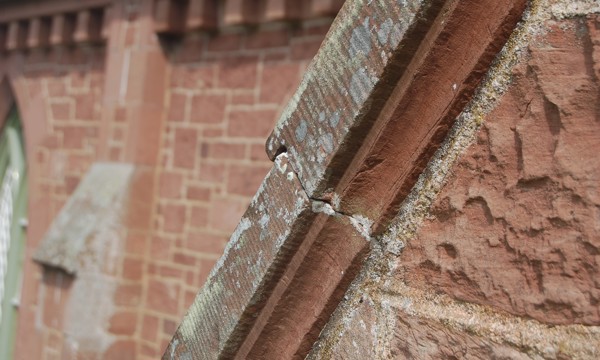Newly published advice focuses on how Scotland’s traditional buildings can be safeguarded for the future and made more resilient to the changing weather conditions and other environmental factors associated with climate change.
Climate Change Adaptation for Traditional Buildings is the latest publication in Historic Environment Scotland’s series of Short Guides. It was published in partnership with Adaptation Scotland.
As well as providing key information, advice and describing good practice in maintenance and repair, the guide also demonstrates how traditional buildings can be improved or adapted to better deal with the wetter winters brought by climate change.
Scotland has around 450,000 traditionally constructed buildings, many of which are in use today as private homes, offices and public buildings. The guide aims to equip homeowners, landlords, and building and construction professionals with advice on how buildings in their care can be made more climate change ready.
Subjects covered in the publication span a number of topics. From how original design details found in the cills, chimneys and eaves of traditional buildings were a clever architectural response to their environment, to the impacts of changing weather conditions and how challenges can be effectively managed through maintenance and improvements. The guide also features a number of examples of work carried out in Scotland; including details on churches and how the addition of a new chimney cope and a traditional render on a Shetland building helped resolve a long-standing water ingress issue.
Roger Curtis, Technical Research Manager at Historic Environment Scotland, said:
Scotland’s built heritage is an important part of the country’s wider historic environment. Our climate has already changed over the past 50 years and we expect that further change is inevitable.
“The latest in our Short Guides – Climate Change Adaptation for Traditional Buildings is a great free resource for those who live in or care for traditionally constructed buildings. Drawing on technical research into how traditional materials and techniques can be effectively used to improve a structure’s resilience, the guide provides up to date information and advice that can be taken to help secure the future of our traditional buildings in a changing climate.
“Assessing the wide ranging impacts on the historic environment is key and undertaking measures such as adaptation and increasing resilience is a very important part of our broader climate response.”
This publication follows on from the recent unveiling of Edinburgh Adapts – the first multi-partnership action plan and vision at a city wide level which aims to increase action on climate change.
Climate Change Adaptation for Traditional Buildings is a free publication and resource that is available to download from the Historic Environment Scotland website.
Any works to a listed building require and are subject to Listed Building Consent.
About Historic Environment Scotland (HES)
- We are the lead public body charged with caring for, protecting and promoting the historic environment. We will lead on delivering Scotland’s first strategy for the historic environment, Our Place in Time.
- Historic Scotland is a sub brand of HES.
- View our press pack and keep up to date by registering for media release email alerts. If you wish to unsubscribe, please contact us.
Year of Innovation, Architecture and Design 2016
2016 is the Year of Innovation, Architecture and Design (IAD). Through a series of exciting events and activity, the year will showcase Scotland's position as an "innovation nation", its outstanding built heritage, and its thriving, internationally acclaimed creative industries sector. This is a Scottish Government initiative being led by VisitScotland and supported by a variety of partners.
Follow Historic Environment Scotland
Twitter: @HistEnvScot | @welovehistory
Facebook: @HistoricEnvScotland | @VisitHistoricScotland
For further information, please contact:
Grant Thomson
Historic Environment Scotland Media Office
Direct Line: 0131 668 8603
Mobile: 07580 702 611
grant.thomson@hes.scot


